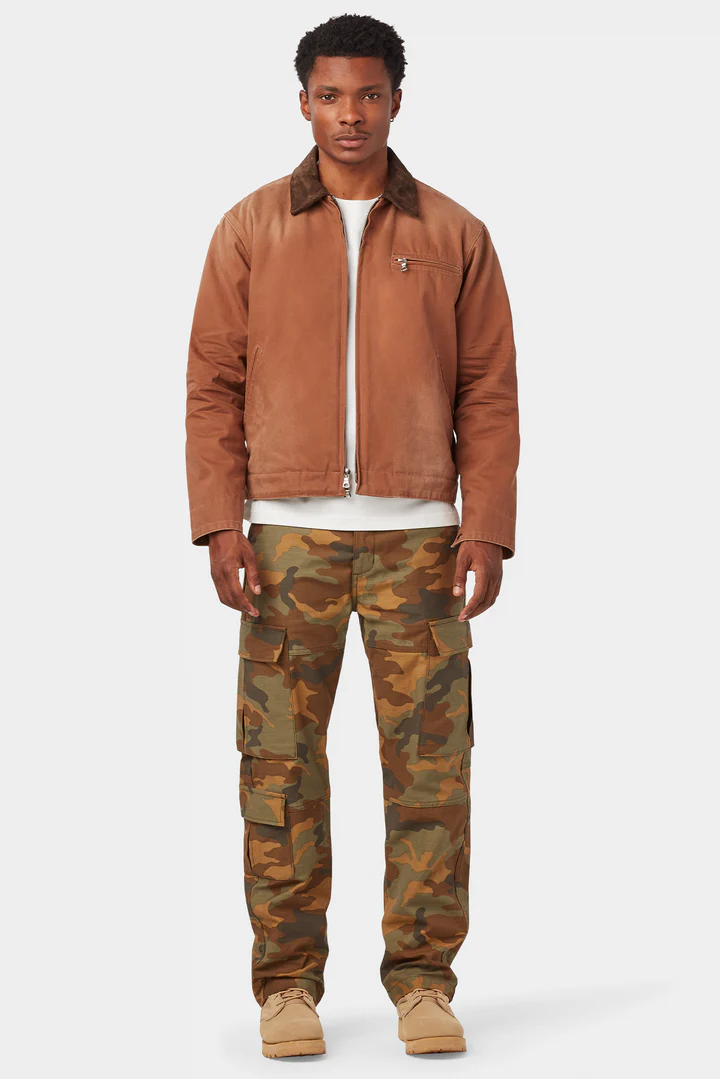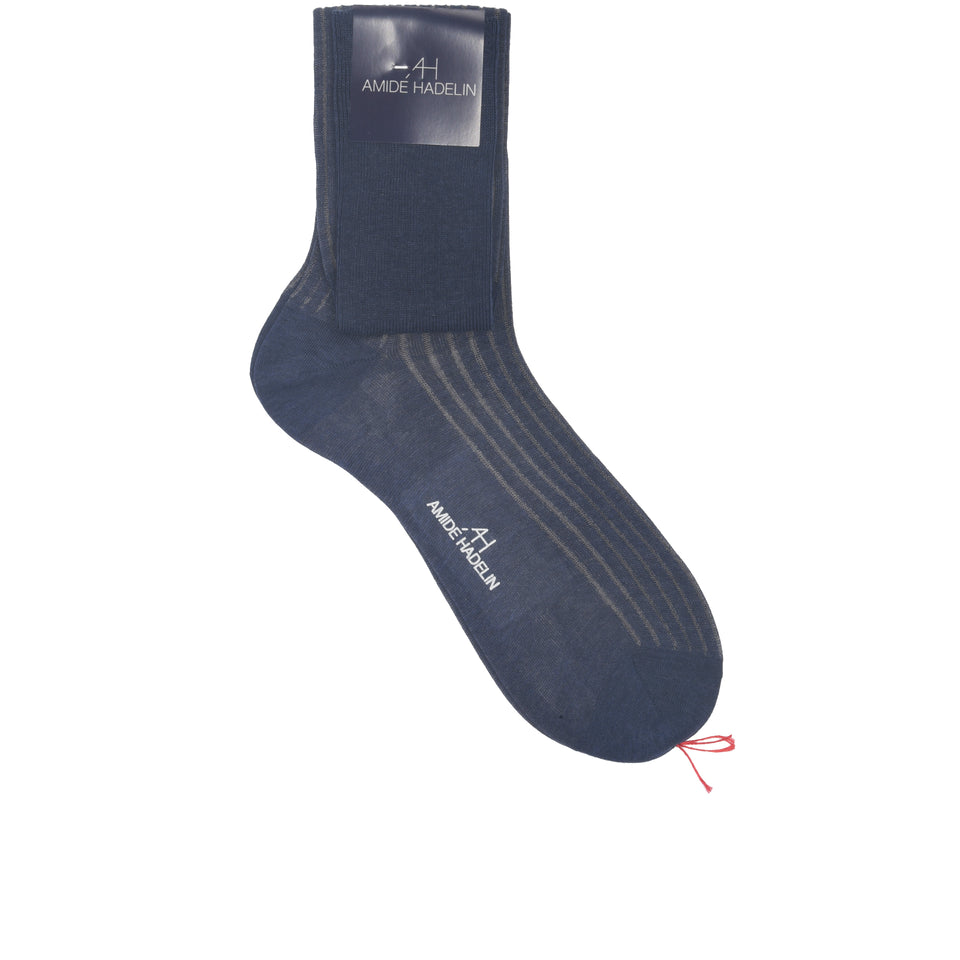- Joined
- Apr 10, 2011
- Messages
- 27,320
- Reaction score
- 69,992
Quick follow up on the subject of Mongolian desertification. This past Sunday the country was engulfed in a massive dust storm that killed about a dozen people, collapsed more than a hundred homes and left 1.6 million livestock either dead or lost to their herders, no doubt including lots of cashmere goats. These dust storms grow worse each spring.
This was the view from my apartment. Still shaking sand from my hair.
View attachment 1575313
Disturbing. This was the view from my home after the California wildfires. Your photo kind of reminds me of that.
This photo was taken at 10am:













